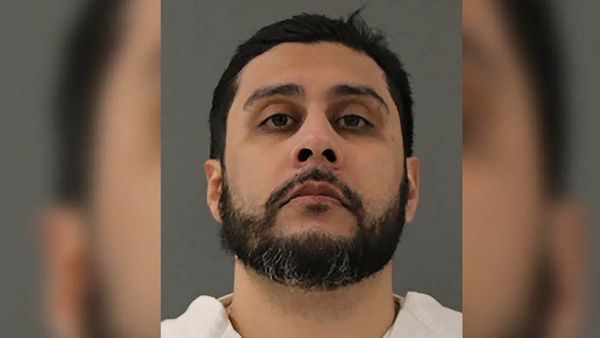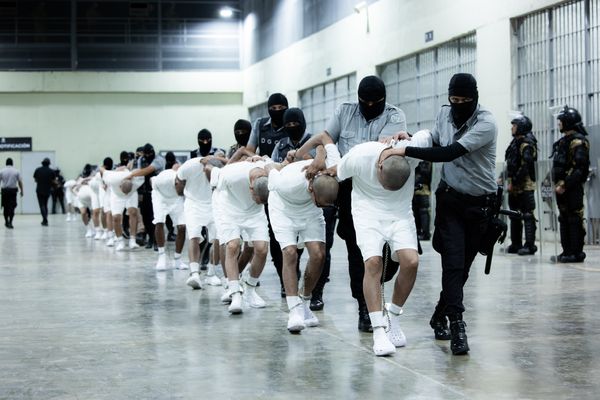India on Tuesday announced the names of the four astronaut-designates for the Gaganyaan human spaceflight mission, planned for launch in 2025.
The names of the Indian Air Force (IAF) pilots — Group Captain Prasanth Balakrishnan Nair, Group Captain Ajit Krishnan, Group Captain Angad Pratap and Wing Commander Shubhanshu Shukla — were revealed for the first time in the presence of Prime Minister Narendra Modi during his visit to the Vikram Sarabhai Space Centre (VSSC) in Thiruvananthapuram.
The final crew for the mission will be picked from among the four.
Shortlisted through a rigorous selection process, they have been undergoing training in various aspects of space flight, initially in Russia, and later at the Astronaut Training Facility established by the Indian Space Research Organisation (ISRO) in Bengaluru.
The Prime Minister presented the four with ‘astronaut wings’ on the occasion.
According to ISRO, the Gaganyaan programme is designed to demonstrate indigenous capability to undertake human space flight mission to Low Earth Orbit (LEO). The mission is expected to pave way for a “sustained Indian human space exploration programme” in the long run.
Preparations on
In the run-up to the crewed mission to LEO, ISRO is in the process of conducting various tests. These include the Integrated Air Drop tests, Test Vehicle Missions, pad Abort Tests. There will be unmanned flights before the actual flight.
ISRO has also announced plans to send astronauts to the moon by 2040.
During his visit, Mr. Modi reviewed the progress on the Gaganyaan Mission and dedicated three technical facilities developed at a cost of about ₹1,800 crore to the nation.
This includes a state-of-the-art Trisonic Wind Tunnel at the VSSC, integration facilities for the Polar Satellite Launch Vehicle (PSLV) at the Satish Dhawan Space Centre, Sriharikota, and the Semi-cryogenic Integrated Engine and Stage Test Facility (SIET) at the ISRO Propulsion Complex (IPRC) at Mahendragiri, Tamil Nadu.
The Trisonic Wind Tunnel produces a controlled uniform airflow over scale models of rockets and aircraft to assess their aerodynamic characteristics. It is designed to make ISRO self-reliant in the end-to-end design of upcoming launch vehicle projects. The PSLV Integration Facilities (PIF) at Sriharikota will give ISRO the capability to increase the number of PSLV missions in a year from 6 to 15. SIET will be used to test the SCE-2000 semi-cryogenic engine and stages which will increase the payload capability of the launch vehicles.
On his arrival, ISRO chairman S. Somanath took the Prime Minister through a display of equipment related to the Gaganyaan mission, including ‘Vyommitra,’ the humanoid robot developed by the space agency for the programme.
Kerala Governor Arif Mohammed Khan, Chief Minister Pinarayi Vijayan, Minister of State for External Affairs V. Muraleedharan were present on the occasion.







